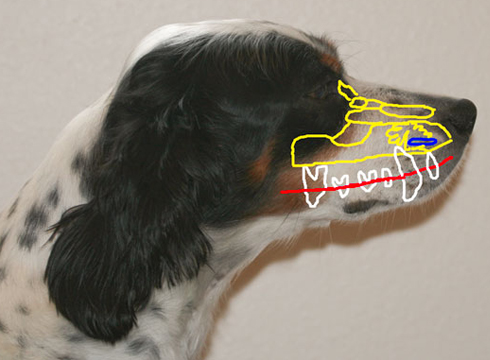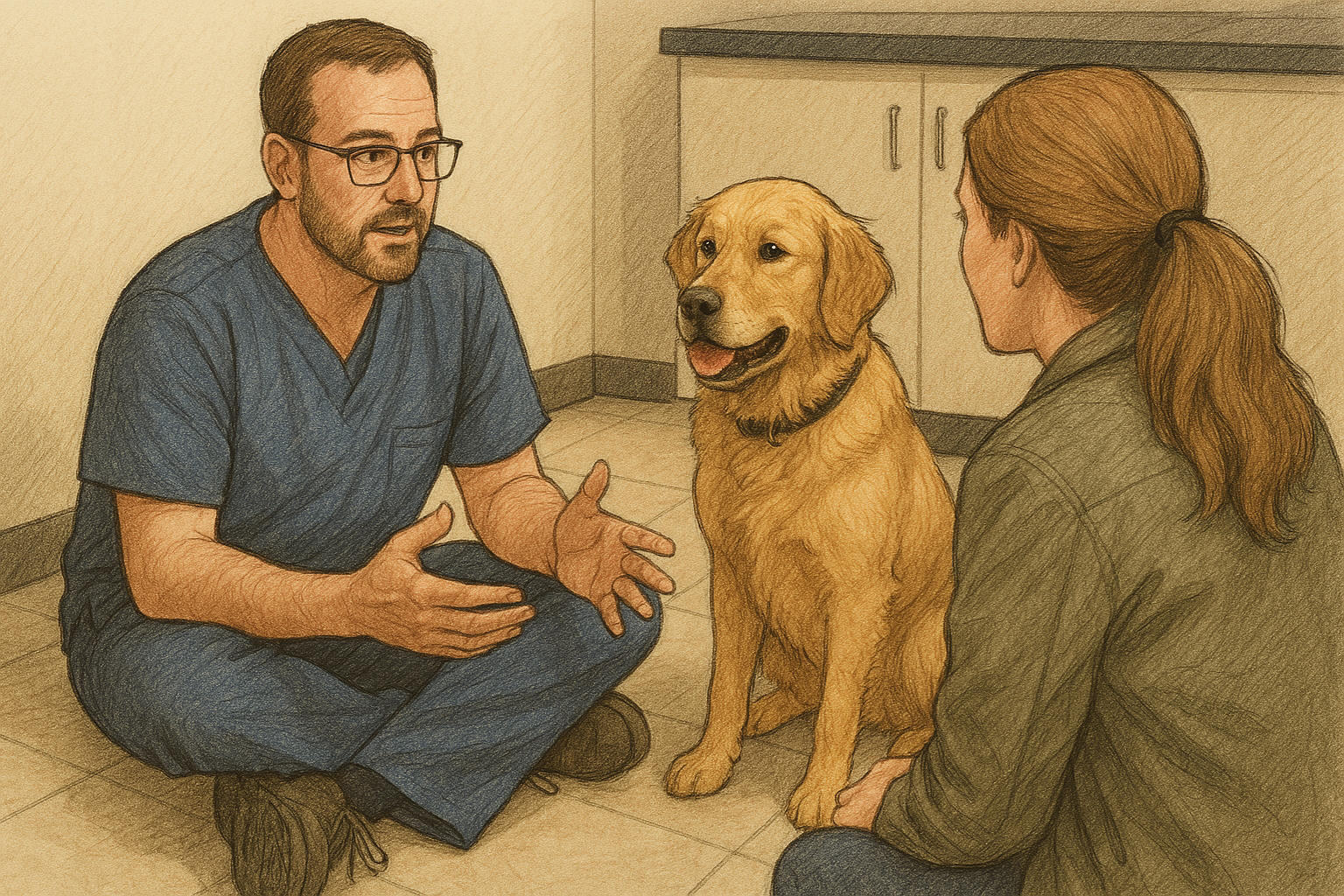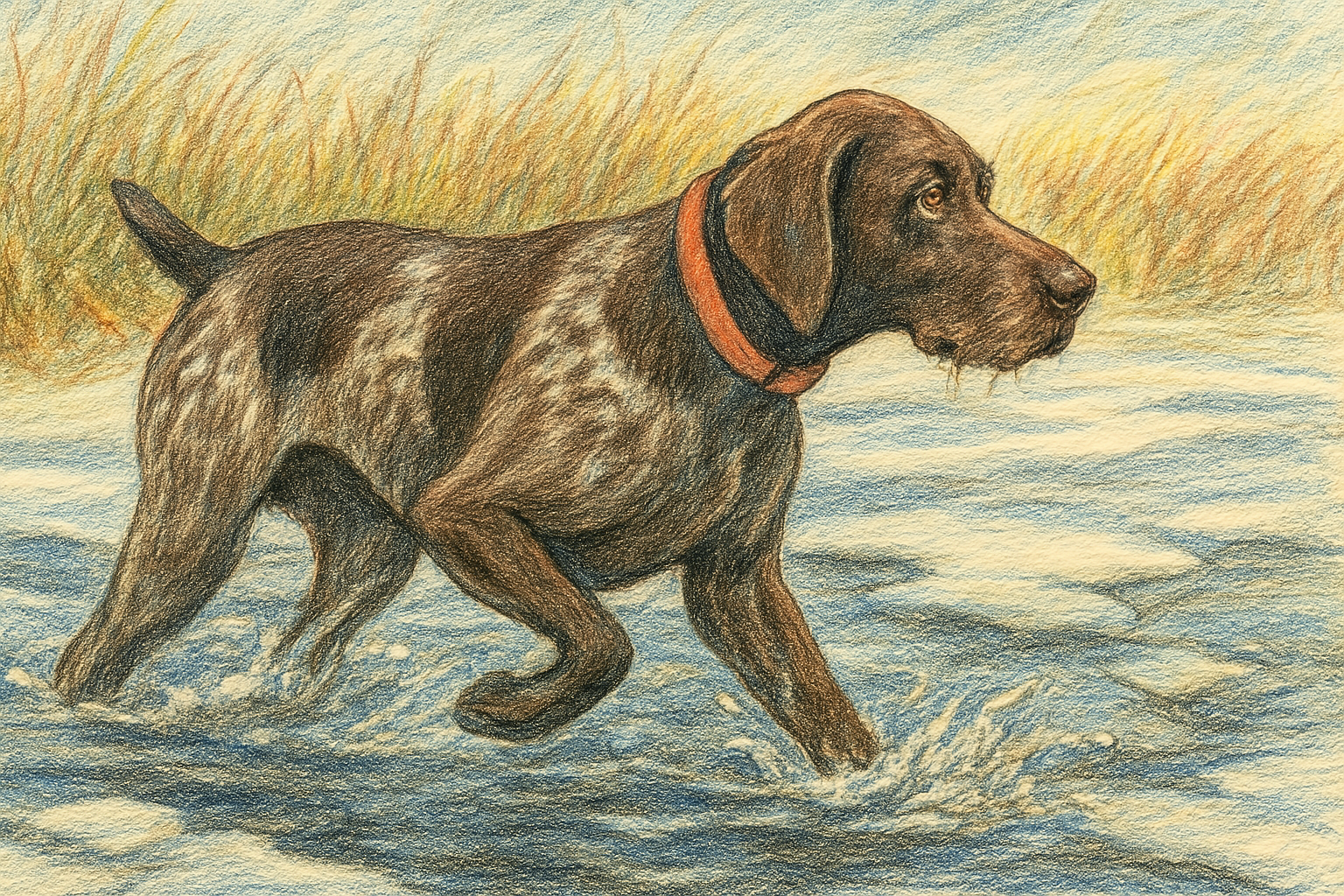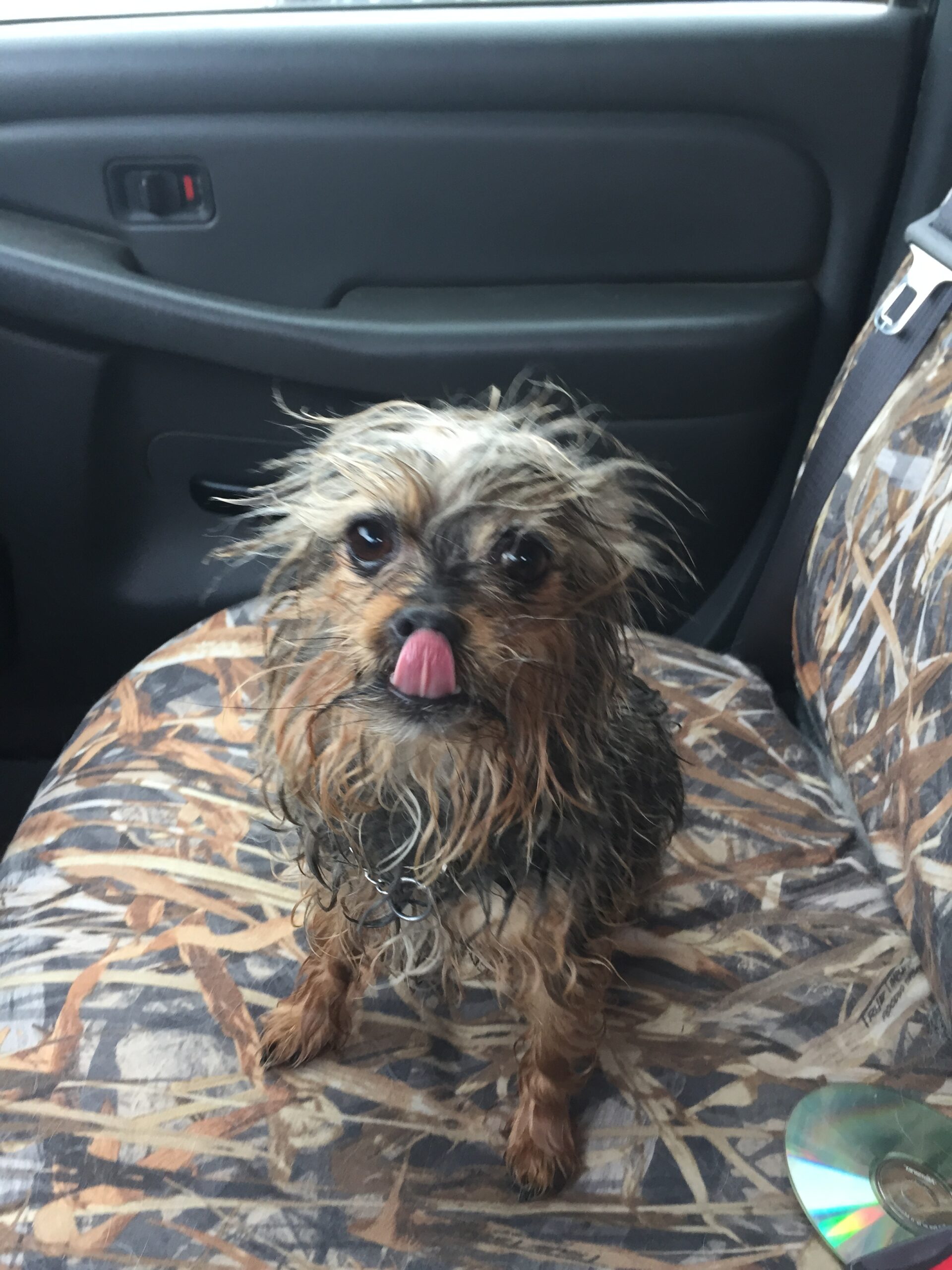Years ago, a professional trainer reached out when his six-time field champion suddenly started missing birds. The trainer attributed the change to aging, assuming the dog was simply losing her senses. “She became really unsure around birds,” he recalled. “This was a dog that always just stuck her birds, and now she either wasn’t finding birds or was really unsure of where they were when on point.” While he couldn’t turn back time, it turned out her scenting issues were related to a very treatable condition: advanced dental disease.
Dog owners and handlers can be a superstitious lot. Despite all the technological advances and deeper understanding, we now have of canine health and behavior, many still cling to old wives’ tales and a “that’s how we’ve always done it” mentality. For years, field trialers believed that removing the tonsils from their best dogs would improve scenting ability and performance. When researchers finally looked into the practice, they discovered something interesting: during the tonsillectomies, most veterinarians were also cleaning the dogs’ teeth. It turned out the real benefit came from the dental cleaning—not the removal of the tonsils.
Even with this research available, many dog owners still hesitate to invest in professional dental care for their dogs.
To better understand how dental disease can impact a dog’s scenting ability, it helps to take a look at canine anatomy, specifically how closely connected the teeth and sinus cavities are. The image above shows a side profile of a setter, with important anatomical structures overlaid. A quick disclaimer: I’m neither an artist nor an anatomist, so bear with me. In the image, I’ve outlined the teeth and roots in white and the sinus cavities in yellow. The red line represents the gumline, and the blue area highlights the vomeronasal organ.
As you can see, inflammation and infection of the teeth and surrounding tissues can directly affect the sinuses, respiratory tissue, and ultimately, scenting ability. In severe dental disease, tracts can even develop between the mouth and the sinuses. Those foul-smelling, atrocious teeth? They’re not just causing problems at the gumline—often, the damage goes much deeper.
Now, I can just about guarantee there will be skeptics reading this who think a veterinarian is writing about dental disease just to drum up business. We often hear the argument, “People don’t need anesthesia for dental cleanings,” or “We keep our teeth for 80 years without all this intervention—why should dogs be different?”
But here’s the thing: dogs are not little humans. Their medical needs, mouths included, are different. A dog’s oral health serves as a gateway to the rest of the body. Advanced dental disease can affect organs like the heart, liver, and kidneys, not just the mouth and sinuses. In many dogs, the issue isn’t simply bad breath; it’s a deeper, more serious health concern.
It’s worth noting that the vast majority of sporting breeds will never require a dental cleaning in their lifetime. Dental disease is highly variable, and far more common in small and toy breeds. As with all health concerns, it’s important to evaluate each dog as an individual. Many dogs will develop tartar and staining as they age, but in most cases, this won’t significantly affect their health or scenting ability. The most critical factor to watch is the gumline and surrounding tissues. Once gingivitis appears, it’s time to consider a dental cleaning to prevent more severe issues. And by the time inflammation is visible, it’s likely already impacting your dog’s scenting ability.
A big sticking point for many owners is that dogs need to be anesthetized for a proper cleaning. Some people want to chip tartar off themselves or opt for a quick scaling, but these shortcuts can cause more harm than good. By the time dental disease is visible, it has often spread beneath the gumline. To clean teeth thoroughly, both on the surface and below the gums, even the most tolerant dog will need anesthesia.
Just scaling or chipping off tartar is also problematic. It can damage the enamel, creating grooves where bacteria can take hold and cause faster tartar buildup. That’s why polishing the teeth after cleaning is essential for long-term oral health.
I strongly recommend dog owners examine their dogs’ teeth and gums every six months—more often if there’s a history of dental problems. I don’t advocate routine cleanings for all dogs over a certain age, and many dogs will go their entire lives without needing professional dental care. That said, don’t dismiss the possibility either. Talk with your veterinarian and evaluate whether your dog may benefit from a dental. The result could be improved field performance, and, more importantly, a longer, healthier life.
A quick word on selecting a veterinarian for dental care: it’s worth finding someone with proper training, equipment, and experience in anesthesia and dentistry. While “Old Doc So-and-So” down the road may offer a cheaper procedure, that discount may reflect their level of expertise. I always encourage owners to ask questions and understand what’s being done to their dogs.
I originally wrote that paragraph about 15 years ago, and since then, I think the pendulum has swung too far in the other direction. While I still believe in thorough dental care, including x-rays and a complete dental procedure (including extractions when needed), I don’t believe every routine dental needs to be a multi-hour, thousand-dollar ordeal. Ask questions about the procedure to know what care your dog will receive.
So what happened to that field champion all those years ago?
After a lackluster spring trial season and dwindling bird finds, the trainer finally had a dental performed. “She almost immediately went back to sticking her birds,” he told me. “I couldn’t believe the difference, and I kick myself for not having her teeth cleaned sooner.”
The next time you roll back your dog’s gums and find foul-smelling, tartar-covered teeth, don’t shrug it off as “just teeth.” Think of it as the gateway to your dog’s scenting ability, and more importantly, a key to their overall health. Ignoring dental disease today can lead to serious consequences tomorrow.



